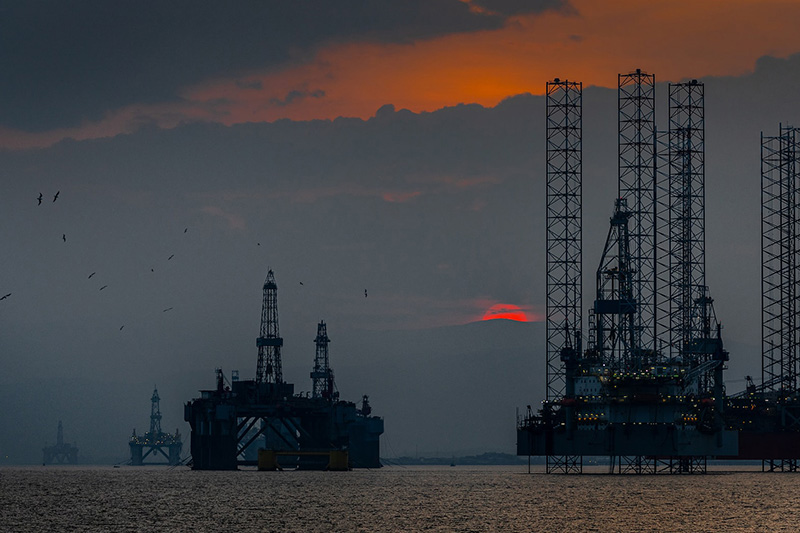GE Gas Power and Shell to collaborate on LNG decarbonisation
GE Gas Power and Shell Global Solutions have signed a development agreement to the carbon intensity of Shell’s liquefied natural gas (LNG) supply projects.

The largest source of emissions in an LNG facility is firing natural gas in the power generation and mechanical drive gas turbines. Therefore, one of the possible paths to decarbonise LNG production is to use hydrogen as a low carbon fuel in these engines.
However, the source and nature of this fuel matters as well, and Shell’s Blue Hydrogen Process is being touted as able to deliver the lowest carbon intensity fuel of its kind, with technologies and building blocks tested and commercially proven at a large scale.
‘Having worked on hydrogen combustion technologies for many years, we are conscious that progress in this area will be the result of careful, dedicated research and collaboration by industry,’ said John Intile, Vice President, Engineering at GE Gas Power.
‘Becoming a net-zero emissions energy business means we need to explore a range of avenues that have the potential to help us, our partners and customers reduce emissions,’ said Alexander Boekhorst, VP Gas Processing and Conversion Technology at Shell.
GE's B&E class heavy-duty gas turbines can already operate today on 100% hydrogen emitting up to 25ppm NOx with the use of water in diffusion combustors. As part of this development agreement, GE is targeting gas turbine technology with the capability to operate on 100% hydrogen without the use of water while still maintaining NOx emissions.







